The new favorite of leisure agriculture: horticultural therapy garden
"We often think of plants as mere objects or food, completely forgetting that they are also living things. The sight, sound, and smell of plants can have a profound impact on our emotions." (Taiwanese horticultural therapist Huang Shenglin)
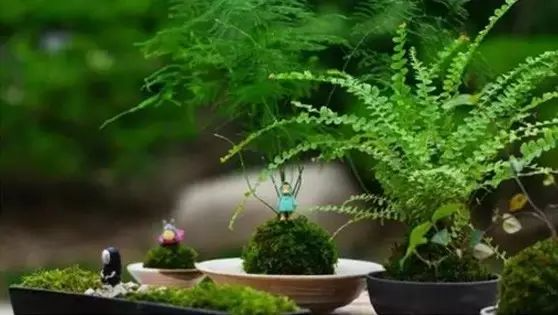
Horticultural therapy originated in the UK. As early as 1699, an Englishman named Leonardo Mecca documented the therapeutic effects of gardening in his book The English Garden: "In your spare time, dig a hole in the garden, sit quietly for a while, and pull weeds. This will keep you healthy, both physically and mentally. There is no other good way to do this."
Currently, horticultural therapy includes therapeutic garden design and horticultural therapy activities with hands-on content, such as art and craft production, group activities, hiking and outings, indoor planting, outdoor planting, etc.
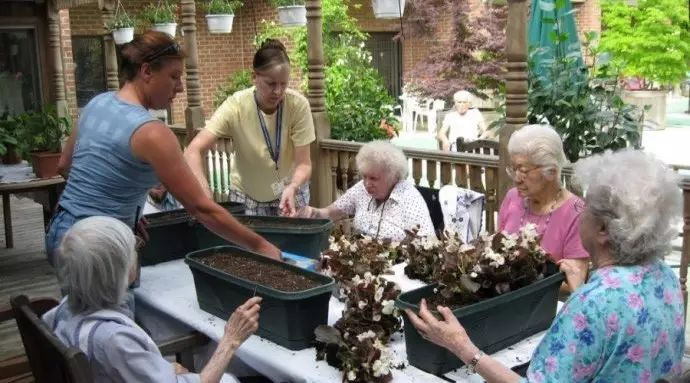
So, what's the difference between this and people's spontaneous engagement with greenery and nature? Crucially, patients undergoing this type of therapy don't engage in gardening activities on their own initiative; rather, they must be guided by a horticultural therapist. The horticultural therapist diagnoses the patient, selects plants and gardening practices tailored to the individual, and provides a post-treatment evaluation.
The key to implementing horticultural therapy lies in a well-established horticultural therapy garden. These gardens can be either standalone or dedicated areas. Leisure agricultural parks generally employ the latter approach.
Horticultural therapy gardens primarily include aroma gardens, color gardens, convenient planting beds, hanging basket planting, and other activities. Through color, fragrance, texture, and the sound of water, these gardens stimulate the senses, allowing people to experience the beauty of nature, relieve stress, soothe emotions, and exercise their bodies. The gardens offer the joy and sense of accomplishment of personal participation, ultimately achieving therapeutic and rehabilitation benefits for both the mind and body.
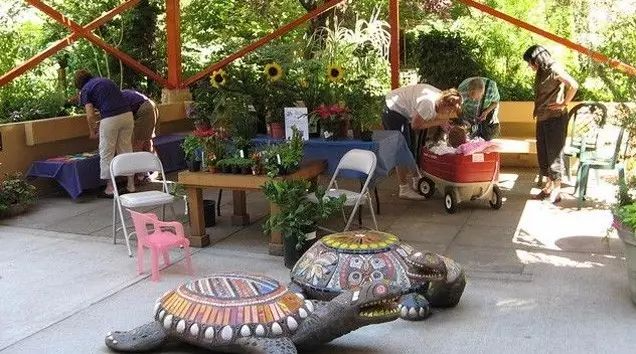
The specific methods are mainly to create from two aspects: exhibition area and activity experience area:
1. Exhibition area
With the theme of "People and Plants," exhibits will feature plants that offer enjoyment to all five senses and explain their therapeutic benefits. For example, a dedicated horticultural therapy garden will be established within the forest recreation area. Small nanmu trees will be featured as a featured plant, with three-dimensional flower beds featuring small nanmu species, mixed flower beds with other plants, and flower beds featuring vines. Furthermore, the theory of the Five Elements can be used to guide design, creating colorful flower beds corresponding to the five senses, tactile flower beds, acoustic flower beds, and aromatic and flavorful flower beds.
2. Activity Experience Area
The activity experience area allows visitors to learn and master the practical methods and techniques of horticultural therapy through hands-on horticultural therapy. This area features flower beds, operation rooms, rest corridors, and outdoor cooking stoves for practical use.
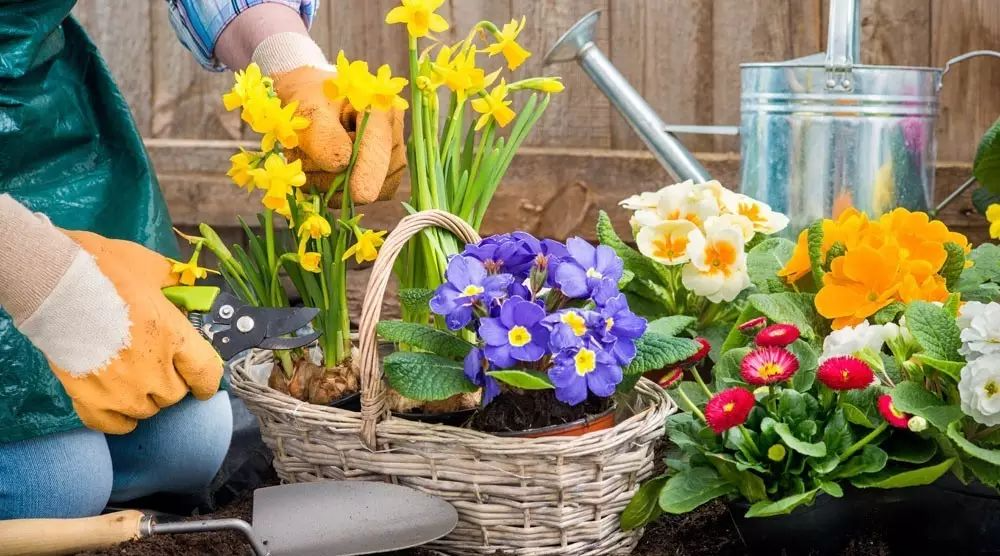
The activity experience area features dedicated public spaces for instructors to provide guidance, semi-private spaces for socializing, and private spaces for independent activities. In the fruit-picking area, everyone can participate in the picking activity together, then gather together to taste and share their work, sharing their thoughts and experiences, and increasing their sense of fulfillment and achievement.
Huang Shenglin, Taiwan's first US-certified horticultural therapist, summarized horticultural therapy into four stages:
The first stage is to take the healer away from the painful environment he was in and let him communicate with the plants and flowers in the healing garden;
The second stage is to allow people to immerse themselves in nature, have close contact with plants, and rediscover the connection between themselves and nature;
The third stage is to allow people to activate their inner self-healing power through observation and planting plants, and begin to truly face the problems they encounter;
Finally, you will reach a deeper stage of awareness, at which time you will achieve the state of "harmony between man and nature" and regain the feeling of happiness.
Taking into account the needs and characteristics of different groups of people, different types of horticultural therapy gardens can be designed:
1. Let children unleash their nature
Children react to their environments more directly and actively than adults. Vibrant colors and interesting shapes are highly appealing to children. Venue design should be child-friendly, taking into account their lower vision and mobility. Activity spaces should be divided according to children's age groups, interests, and personality traits. Younger children enjoy games like drawing and climbing, while older children can participate in activities like woodworking and ball games. Outgoing children enjoy gathering in open spaces to play together, while more introverted children prefer to gather in small, secluded areas. When choosing plants, avoid those with poisonous, thorny, slimy, or staining berries. Focus on the "playability" of plants, providing opportunities for children to climb, hang, and hide, among other activities. Picking berries and exploring the plant's textures and fragrances will stimulate children's imagination and enhance their learning.
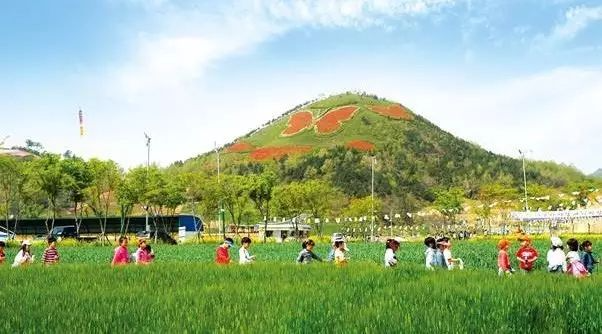
2. Let the elderly enjoy their later years
As people age, they experience a range of physiological changes, such as muscle atrophy, decreased strength, tissue contraction, and decreased flexibility. Rehabilitation gardens for seniors should be fully equipped with age-friendly facilities, including barrier-free access and nursing care facilities. The space should be designed to accommodate common hobbies enjoyed by seniors, such as gardening, chess and card games, dancing, morning exercises, and socializing. Simple circular paths and clear signage can prevent seniors with declining intelligence and memory from getting lost. Sidewalks should be constructed of non-slip, non-reflective materials to prevent falls.
3. Allowing people with disabilities to make up for their shortcomings
Through appropriate design, people with disabilities can enjoy gardening. For example, Minamata Park in Kyushu, Japan, encourages people with intellectual disabilities to cultivate and manage plants within the park. They also set up a dedicated area to encourage them to plant strawberries. The harvested strawberries are then distributed to nearby nursing homes and welfare institutions. This encouragement and recognition from the elderly and children provides them with more confidence in integrating into society.
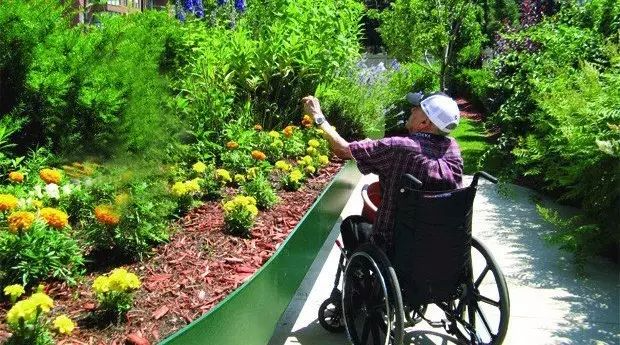
4. Restore the patient to health
A quiet, comfortable environment is conducive to recovery. For example, the meditation garden at the Marin General Hospital Cancer Center in California features a variety of medicinal plants for cancer treatment, and pamphlets educate patients about the role of plants in recovery. The healing garden at the Portland Burn Center in Oregon, USA, addresses the frailty and frequent leg injuries of burn patients. The garden features concrete walking paths, some of which are sloped with handrails, to help patients learn to walk again.
5. Help those who have made mistakes to find themselves again
Establishing farms and implementing horticultural therapy in prisons and juvenile detention centers can help provide spiritual education and vocational training for offenders. The Farmer's Prison in northern Greece is the first certified organic farm in the European Union. Since implementing horticultural therapy in 1934, no offenders have escaped. Through gardening, offenders find self-worth, significantly helping them start a new life and find employment after release.
The construction of a horticultural therapy garden requires design based on the therapeutic mechanism and the specific population. After fully considering the patient's physical and psychological condition and treatment needs, various environmental factors should be comprehensively utilized to enhance their positive stimulation of the human senses. Through diverse horticultural activities and site design, the patient's mind and body can be stimulated. In short, targeted horticultural therapy can achieve better results.